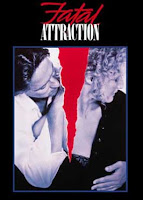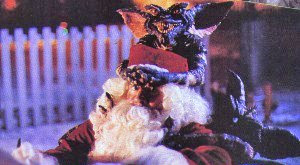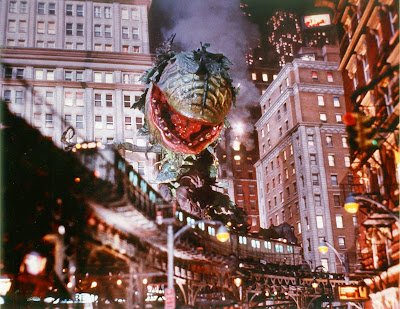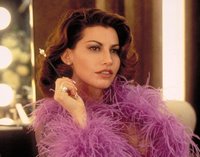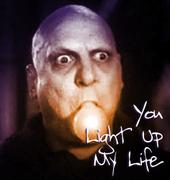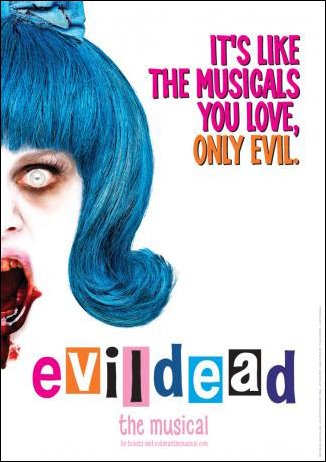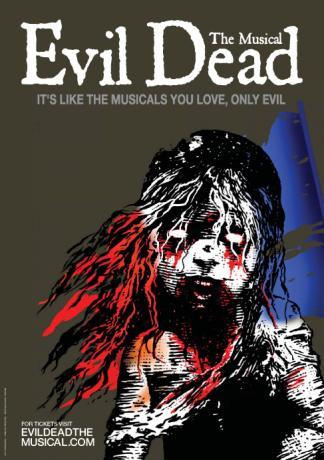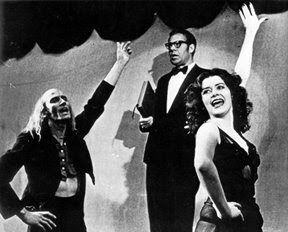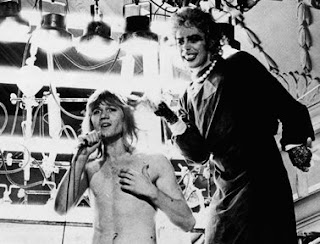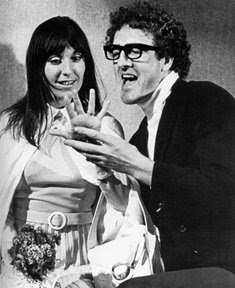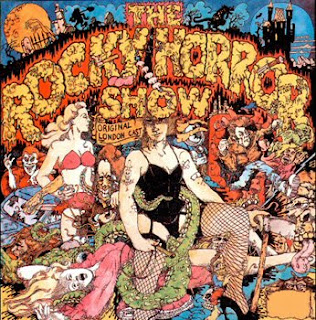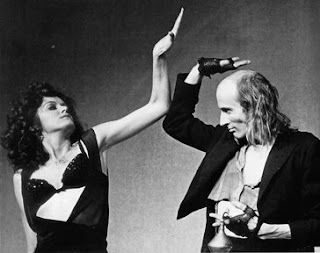 While Andrew Lloyd-Webber is trying to mount three productions of his Phantom of the Opera sequel at once, it bears noting that today is the 130th Anniversary of another experiment in simultaneous - or nearly simultaneous - premiers.
While Andrew Lloyd-Webber is trying to mount three productions of his Phantom of the Opera sequel at once, it bears noting that today is the 130th Anniversary of another experiment in simultaneous - or nearly simultaneous - premiers.On December 31, 1879, Gilbert & Sullivan's classic comic operetta The Pirates of Penzance premiered in New York City's Fifth Avenue Theater. The day before, a staged reading was performed at the Royal Bijou Theatre, Paignton, on the southern coast of England, in advance of the show's April 3, 1880 London debut. Why this unusual move? To guard against piracy, naturally. Yaarh!
1878's H.M.S. Pinafore was a smash hit on both sides of the Atlantic, but in those days of lax copyright laws, the show's popularity inspired a legion of copycats and pirate performances all over the United States. Enterprising hacks would sketch the show's script and music, and mount their own unauthorized productions. Apparently, it was this very issue that inspired Gilbert to base the new show on a piratical theme. Chagrined at the loss of income, as well as the shoddy and unrepresentative productions, G&S decided that they would premier their new work in the US right away. The dual premiers established copyrights in both England and America, and The Pirates of Penzance became one of the most popular operettas in history. It is still performed very frequently by opera companies, high schools and community theaters, and the phrase "the very model of a modern ---" has entered the common lexicon.
 Gilbert & Sullivan's experiement was only a qualified success. Though copyright was established, and four official touring companies were dispatched from New York - having been rehearsed by the composer and author themselves - the first unauthorized production was given at Boston's Booth Theatre in September 1880.
Gilbert & Sullivan's experiement was only a qualified success. Though copyright was established, and four official touring companies were dispatched from New York - having been rehearsed by the composer and author themselves - the first unauthorized production was given at Boston's Booth Theatre in September 1880.The Pirates of Penzance is one of my favorite shows, and while it's not exactly "mondo," its deft spoofing of the works of Donizetti and Verdi plays on theatrical conventions with a great combination of knowing irony and total musical commitment. G&S were pioneers of the meta-theatrical gag, such as Mabel's endless bel canto vocal trills, or when the Modern Major-General disdains "that infernal nonsense, Pinafore."
I shall leave you with Sullivan's own words, in a letter to his mother. "I think it will be a great success, for it is exquisitely funny, and the music is strikingly tuneful and catching." Couldn't have put it better myself!
Happy new year to all! See you in 2009.
.





